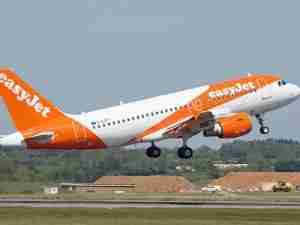Global air cargo prices continued their gradual decline into the third week of September, while volumes seem to have stabilized, the latest figures from WorldACD Market Data reveal.
Looking at week 38 (September 19 - 25) alone, worldwide chargeable weight remained stable compared with the previous week, based on the more than 350,000 weekly transactions covered by WorldACD’s data. The same holds when comparing weeks 37 and 38 with the preceding two weeks (2Wo2W), while average worldwide rates declined -1%, at a flat capacity environment.

Across that two-week period, tonnages from the Asia Pacific region continued declining by -2%, while volumes ex-Europe and ex-North America increased +2%. On a lane-by-lane basis, tonnages between the Asia Pacific and respectively Europe and North America were all decreasing, with the most significant decrease from North America to Asia Pacific (-7%).
The strongest increase in volume was recorded in North America to Europe (+7%), while other notable lane-by-lane changes include a -9% drop in chargeable weight from the Middle East & South Asia to the Asia Pacific and a +5% increase from Europe to the Middle East & South Asia, on a 2Wo2W basis.
Year-on-Year perspective
Comparing the overall global market with this time last year, chargeable weight in weeks 37 and 38 was down -12% compared with the equivalent period in 2021, despite a capacity increase of +6%. Notably, volumes ex-Asia Pacific are -21% below their strong levels this time last year, and the Middle East & South Asia origin tonnages are -14% below last year.
Capacity from all of the main origin regions, with the exception of Asia Pacific (-9%), is now significantly above its levels this time last year, including double-digit percentage rises from Africa (+15%), Europe (+10%), and North America (+12%).
Meanwhile, after remaining above last year’s levels until the end of August 2022, worldwide rates continue to soften, week over week, to currently -9% below their level this time last year at an average of US$3.46 per kilo, despite the higher fuel surcharges compared with last year.










